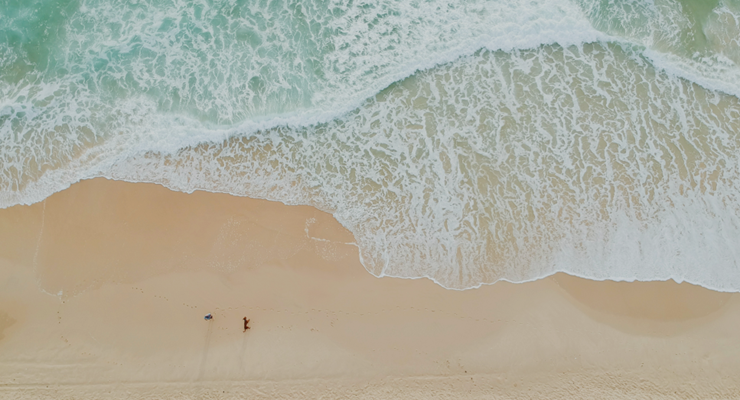Bathymetry is essential for navigation, literature, and marine science. Through it, it is possible to map the sea, rivers, and lakes; gather information on tides; create models to measure tides, water’s temperature and salinity; contribute to the analysis of changes in the sea’s and, particularly, the coast’s characteristics; and, ultimately, investigate marine biodiversity.
The preservation of the coastal area has been a critical subject for the economics of the sea, giving its importance for the fishing, aquaculture, tourism, coastal and nautical recreation, accommodation and port activity sectors. The scarcity of natural resources, including energy, minerals and maritime biotechnology, as well as geopolitical concerns, have contributed to the sector’s expansion and rising demand.
However, the climate change, pollution and carbon emissions are increasingly threatening the littoral, by causing a rise in the sea levels, coastal erosion, extreme weather events, cliff instability among others.
Therefore, it is essential to adopt policies that value the littoral resources, protect its ecosystems, preserve the marine and coastal regions, and improve living conditions for the population. The promotion of literacy and R&D in the area will pay off both in combating environmental challenges and in taking full advantage of the economic potential.
Over time, traditional technological methods, barometry, have been dominant in this market but quite expensive and impractical. The most recent digital revolution has enabled the emerge of innovations that have a more affordable price, easier access and more practical use, with more information and data. This recent technological development, and the R&D initiatives that go along with it, have made it possible to address information gaps, boost the maritime economy, and raise awareness on the importance of the bathymetry.
SIMshore aims to offer a service for the operational update of the littoral topo-bathymetry making use of all available methodologies, including those based on remote sensing of the ocean surface. Particular emphasis will be assigned to bathymetry derivation from the ocean colour as well as from inversion of the surface wave field observed at low altitude with autonomous vehicles.
The project follows a user-driven approach, as it results from specific requests of users or littoral bathymetry, although also from the clear identification by the partnership of the need of nearshore bathymetry for marine safety purposes.It to the sector’s expansion and rising demand.Therefore, it is essential to adopt policies that value the littoral resources, protect its ecosystems, preserve the marine and coastal regions, and improve living conditions for the population.

